Story and Photos by Angie Sillonis
As the Cagli, Italia, artist sits in a caffé, sipping wine and talking about the ways in which pain and suffering inform his work, the female caffé owner stops at his table, kisses his cheek, and affectionately musses his hair.
Matteo Burri, who prefers the nom de plume Tenetra (a mountain he admires), prefers to remain private and unknown. But he does wonder aloud at what point an artist should attempt to sell his work, perhaps earning enough money that he will no longer be forced to “mooch” off friends and family, he says.
Tenetra is a self-taught artist, working in oils and sculpture. “My profession is to breathe,” he says.
One of his largest works is an abandoned power plant on the outskirts of Cagli. In 2014, he cleaned the plant out, removing “dead cats and birds” along with other detritus, and painted the space using paint donated by local house painters. He spent six months living and working alongside the bats and spiders that still call the factory home, building a fire in the middle of the factory floor when the weather was chilly. “I use anything I can find” to make art, he says. “There are no limits.”
Inside the plant, the words ON and OFF cover the brightly colored walls, and Tenetra says the words refer to computers. Tenetra’s artwork isn’t as technically sound as he’d like, but “if your product is good quality, you should be proud of it.” Once an artist has created something, and the art is in the public eye, “you lose the property. It’s for everyone,” he says.
Of the factory, he says, “This place will become what it was. Father Time will have his way with it.” He considers the factory his greatest gift to Cagli.
Tenetra walks on crutches after an accident left him with a serious leg injury, but, he says, “physical pain is nothing compared to the pain of the soul.”
He was raised by alcoholic, abusive parents, he says. While his leg heals, he is staying with his mother, but he is essentially homeless, living on the couches of kind friends, and accepting handouts wherever they’re given.
His eyes light up when the subject of his 6-year-old son, Brando (named for Marlon Brando), comes up. Brando lives with his mother.
Tenetra admires Vincent Van Gogh “for his considerable suffering,” and says “it’s an incredible struggle in life just to survive. In life’s journey, we are all immigrants.
“Pain brings enlightenment.”
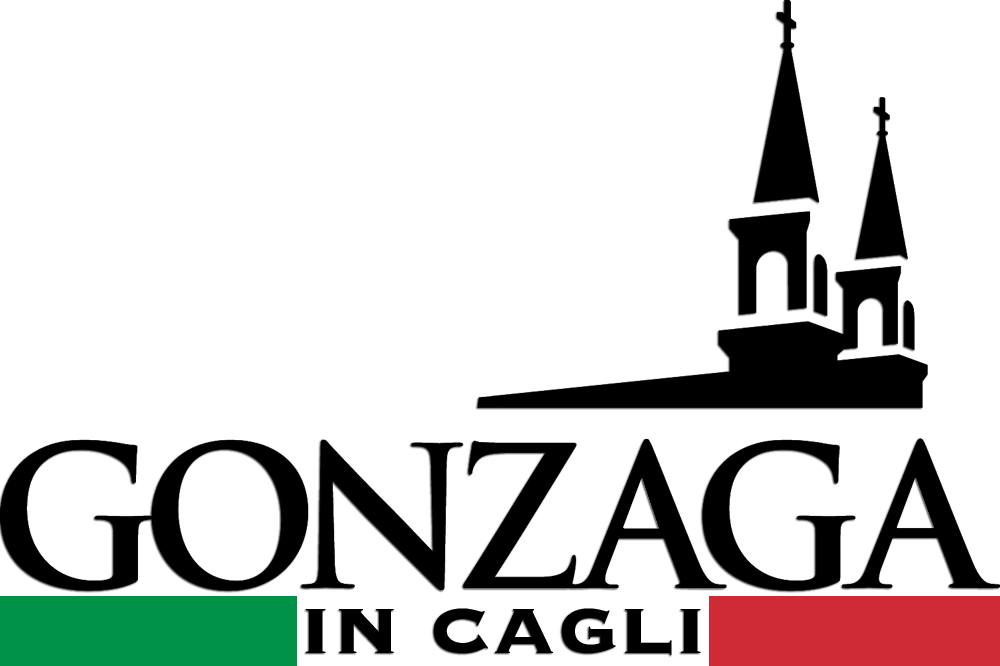
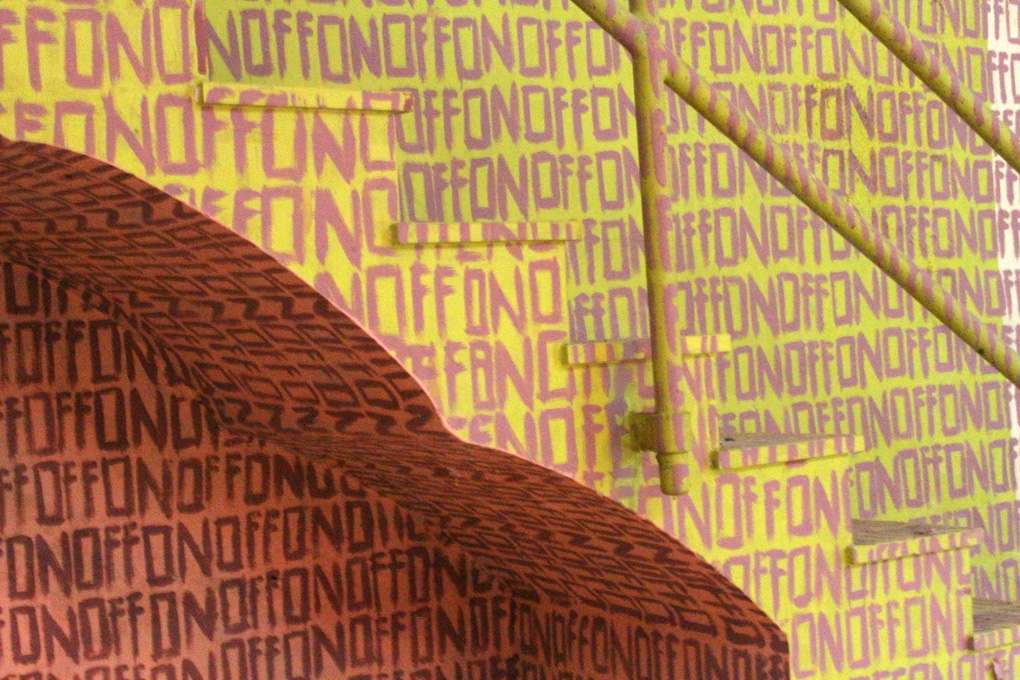
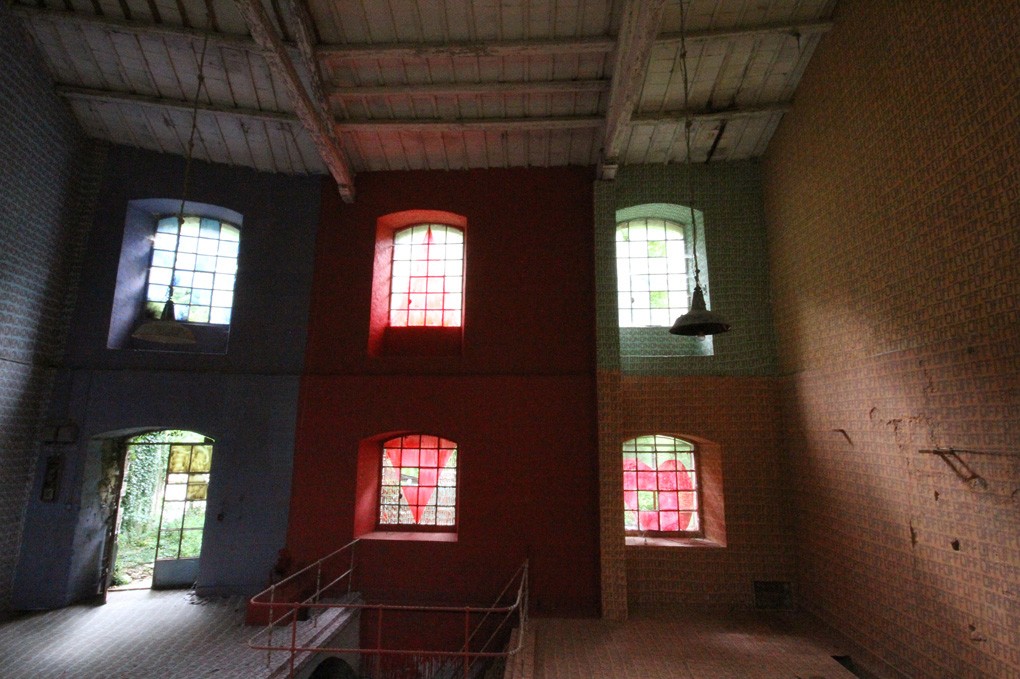
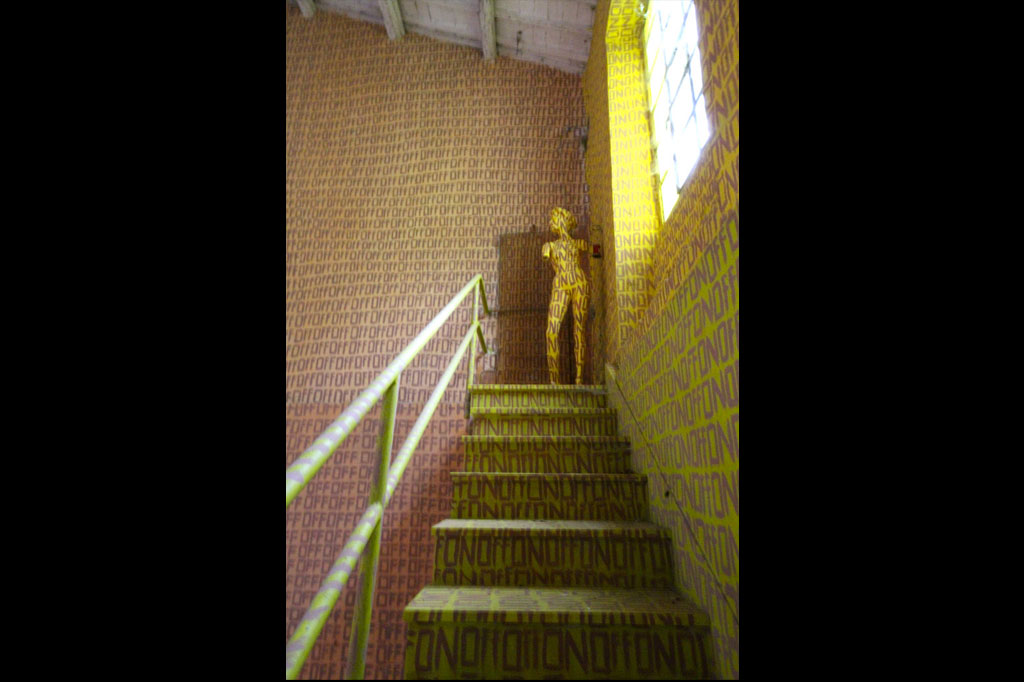
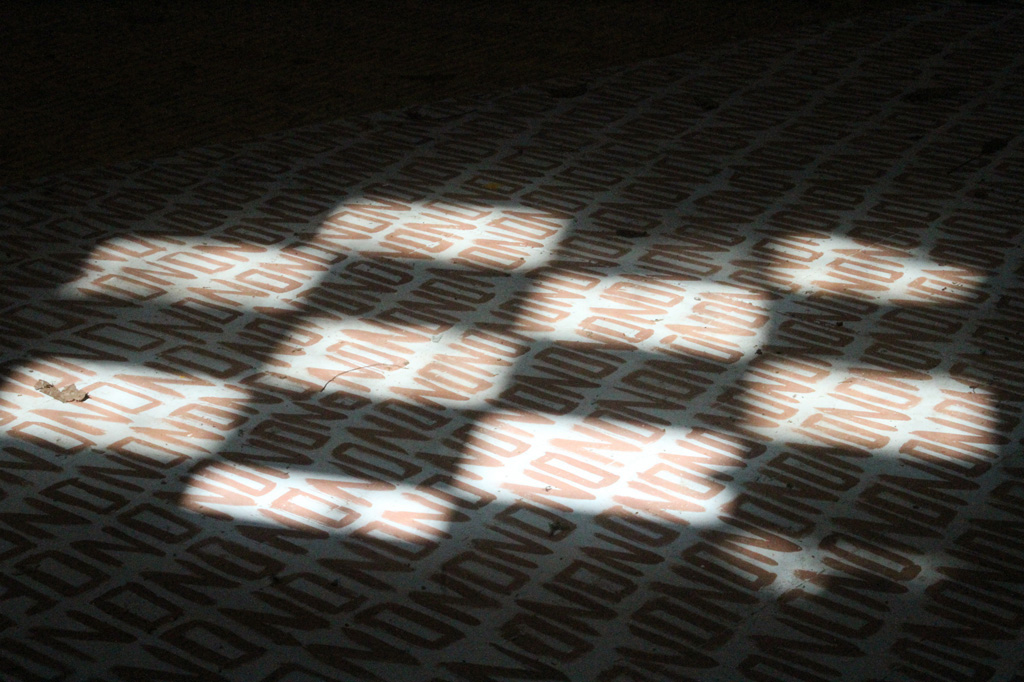
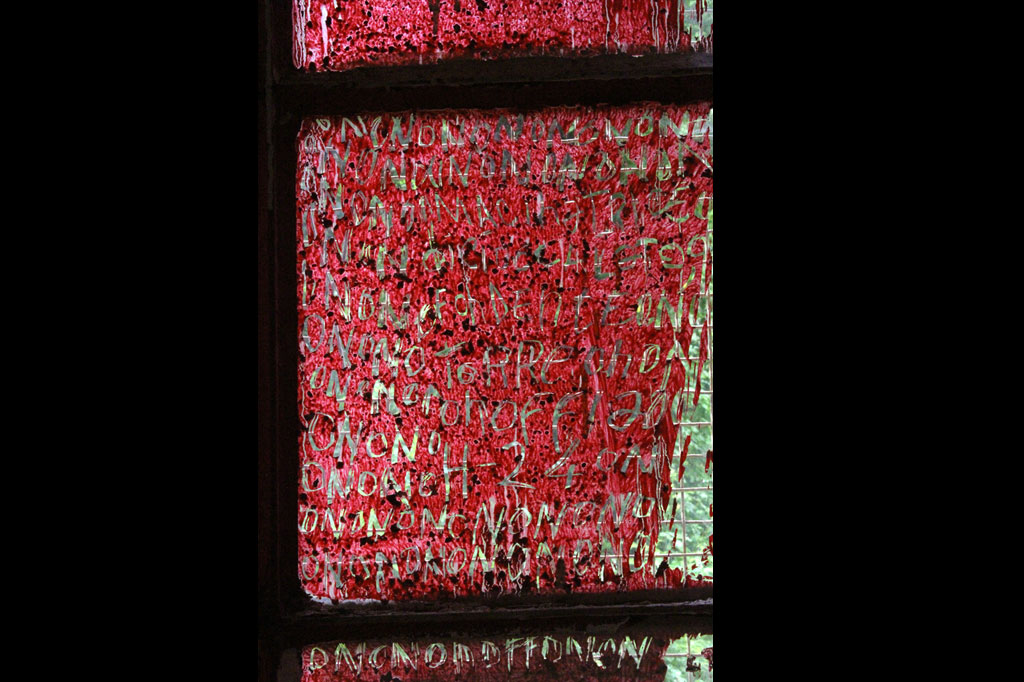
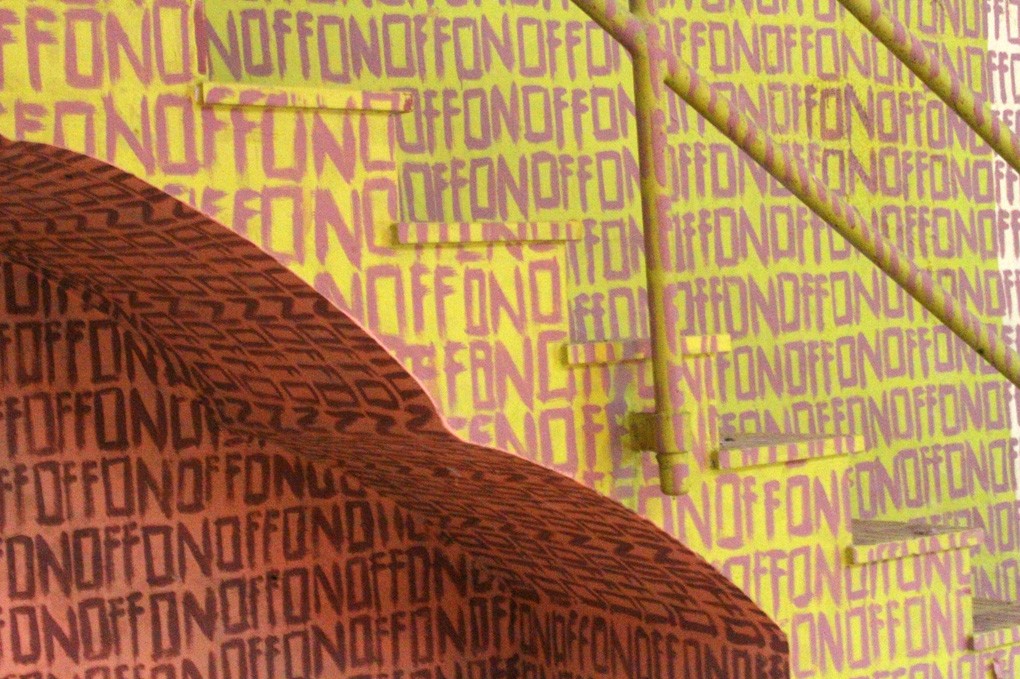
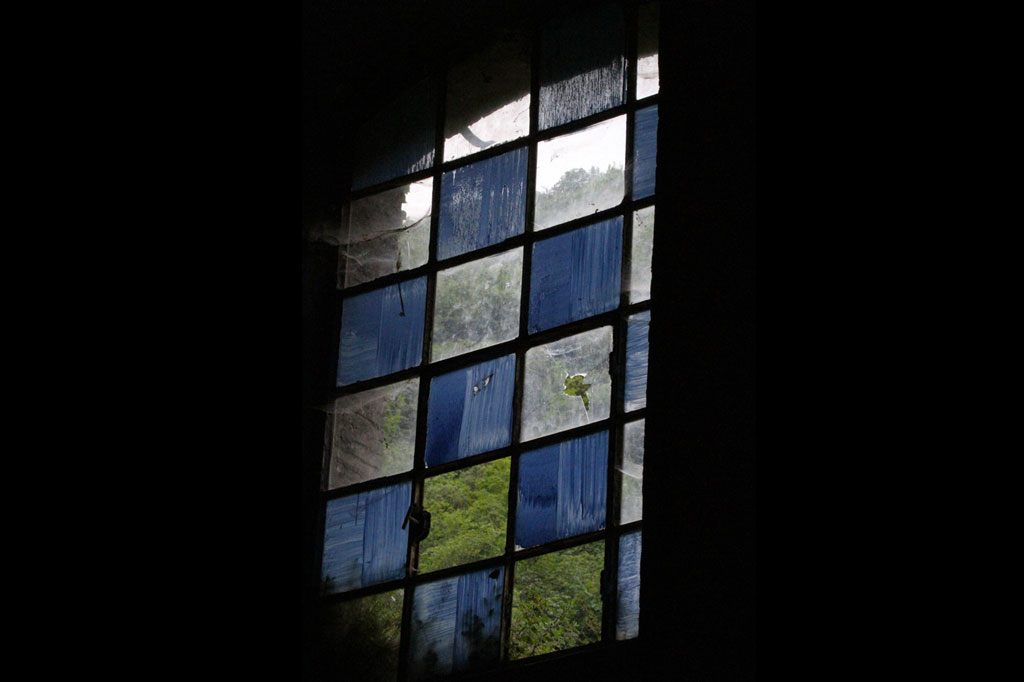
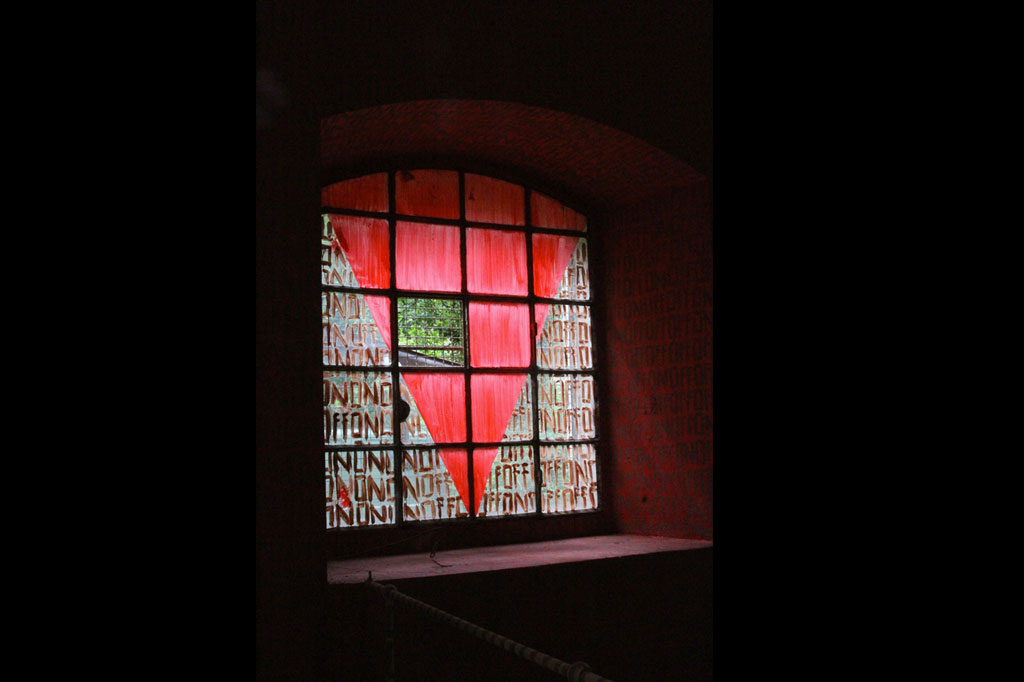
Comments